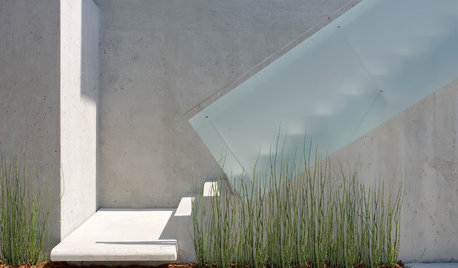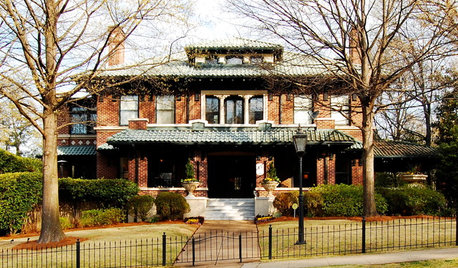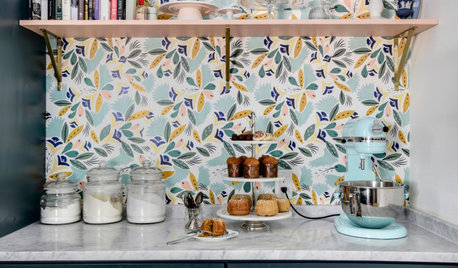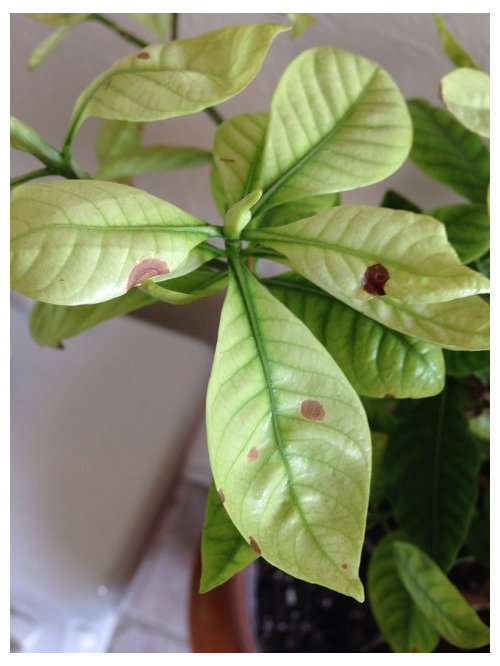Why does my indoor gardenia have brown spots on the leaves?
mielwade
10 years ago
Related Stories

INSIDE HOUZZHow Much Does a Remodel Cost, and How Long Does It Take?
The 2016 Houzz & Home survey asked 120,000 Houzzers about their renovation projects. Here’s what they said
Full Story
GARDENING GUIDESWhat's Wrong With My Plant? Leaves Often Hold the Clues
Learn how to identify common plant ailments by reading their leaves
Full Story
REMODELING GUIDESInterior Brick: Paint it or Leave It?
Here's how to know if covering that brick is a sin or solution
Full Story
FALL GARDENING5 Ways to Put Fall Leaves to Work in Your Garden
Improve your soil and yard the organic way with a valuable garden booster that grows on trees
Full Story
FUN HOUZZDoes Your Home Have a Hidden Message?
If you have ever left or found a message during a construction project, we want to see it!
Full Story
LANDSCAPE DESIGNDoes Your Landscape Need a Little ‘Cosmic Latte’?
Beige — the color of the universe — can be both building block and backdrop in a contemporary garden
Full Story
UPHOLSTERYSeeking a Quiet, Relaxed Spot? Try Upholstering Your Walls
Upholstery can envelop an entire room, a framed panel or a single wall. See some design options and learn what to expect
Full Story
DECLUTTERINGDownsizing Help: Choosing What Furniture to Leave Behind
What to take, what to buy, how to make your favorite furniture fit ... get some answers from a homeowner who scaled way down
Full Story
ARCHITECTUREStates of Style: Alabama’s Icons Leave Their Mark
In the first of a new series, discover the natural beauty, the architectural icons and some of our favorite homes deep in the heart of Dixie
Full Story
KITCHEN DESIGN12 Items Worth a Spot on Your Kitchen Counter
Keep these useful tools and accessories out in the open to maintain high function without spoiling the view
Full StoryMore Discussions










tapla (mid-Michigan, USDA z5b-6a)
jujujojo_gw
Related Professionals
Brandon Landscape Contractors · Cockeysville Landscape Contractors · Dixon Landscape Contractors · Flagstaff Landscape Contractors · Hilton Head Island Landscape Contractors · Lakewood Landscape Contractors · Marlborough Landscape Contractors · New Cassel Landscape Contractors · North Highlands Landscape Contractors · Roswell Landscape Contractors · Shirley Landscape Contractors · Westford Landscape Contractors · New Carrollton Landscape Contractors · Winter Gardens Landscape Contractors · Appleton Interior Designers & Decoratorstapla (mid-Michigan, USDA z5b-6a)
jujujojo_gw
tapla (mid-Michigan, USDA z5b-6a)
mielwadeOriginal Author
jujujojo_gw
tapla (mid-Michigan, USDA z5b-6a)
mielwadeOriginal Author
jujujojo_gw
mielwadeOriginal Author